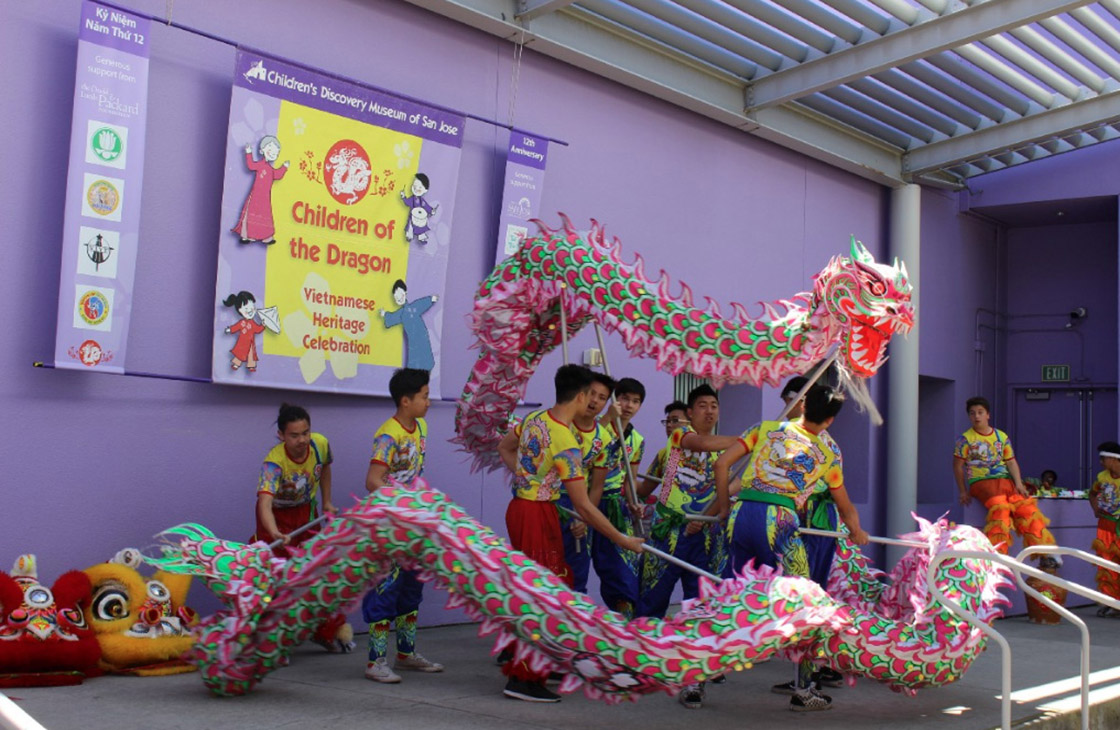“If there is a book that you want to read, but it hasn’t been written yet, you must be the one to write it.” -Toni Morrison
by Anjali Shastry
Here in the Silicon Valley, there are millions of stories. Stories of immigrants and expatriates, fifth-generation kids and their first-generation friends, refugees and natives, and everyone in between. We love those stories, and we want to honor them all.
But in a majority-minority city like San Jose, we need to do more than understand the varied backgrounds of the people who frequent our purple halls. We actively seek out these stories of rich cultures and even richer food. We ask questions of our visitors. How their histories evolved, and how they reconcile their many worlds.
Children experience the world through a few key spaces: school and other educational institutions (like museums), and television and movies. According to the Children’s Television Project at Tufts University, more than 70 percent of children between the ages of 8 and 18 have televisions in their bedrooms. Ethnic minorities are more likely to spend extended periods of time consuming television content — black children spend nearly 6 hours a day watching TV and Hispanic children about 5.5 hours, compared to about 3.5 hours for white children.
Of all the lead roles on broadcast scripted television, only 11.4% of them went to minority actors, according to the 2017 Hollywood Diversity Report by the Ralph J. Bunche Center at UCLA. Only 3% of shows had a majority of minority writers. Of all the roles on television, 13% went to black actors, 5% to Latino actors, 4% to Asian actors, and 2% to mixed actors. Shows with women at the helm are at an all-time high, a whopping 2.4% of shows on the air.
It matters.
Research shows that there’s a correlation between self-esteem and the type of media portrayal children see of themselves. If race or gender is depicted positively, self-esteem increases. If children see negative depictions, self-esteem plummets.
Children with greater self-esteem have greater confidence, which often translates into academic success. Let’s help that happen!
As one of the spaces where children interact with the larger world and meet new people who may not look like them or share similar backgrounds, we know we need to hold the mirror up to the community.

Not only does the Indian community come to see dances at our annual Diwali celebration - like this Raas-Garba dance - it exposes visitors from different backgrounds to Indian culture.
We have created a number of cultural celebrations that celebrate the best of cultures and educate those unfamiliar with the traditions of their neighbors. Lunar New Year, Diwali, El Dia de los Tres Reyes Magos, the Lantern Festival and Menorahs & Miracles are examples of celebrations that reflect the Chinese, Indian, Latino, Vietnamese and Jewish populations in Silicon Valley. Children leave the museum with their calligraphic art, wax menorahs, and rangoli art, having learned so much about different ethnic backgrounds and unfamiliar traditions that have become, over the course of an afternoon, so very tangible.
There are many books that haven’t been written yet, and hopefully by virtue of creating new experiences and learning about our friends and neighbors, the children who walk through our doors have the tools to tell new stories. We badly need representation in popular culture, and it all begins with exposure to something new, such as food, games, and art.
Children need to see themselves reflected in the world around them. It is imperative that as youngsters grow up, they recognize their heritage and have pride in it, finding a way to bridge their two (or more) identities. We like to think we play a role in guiding children on this journey.

